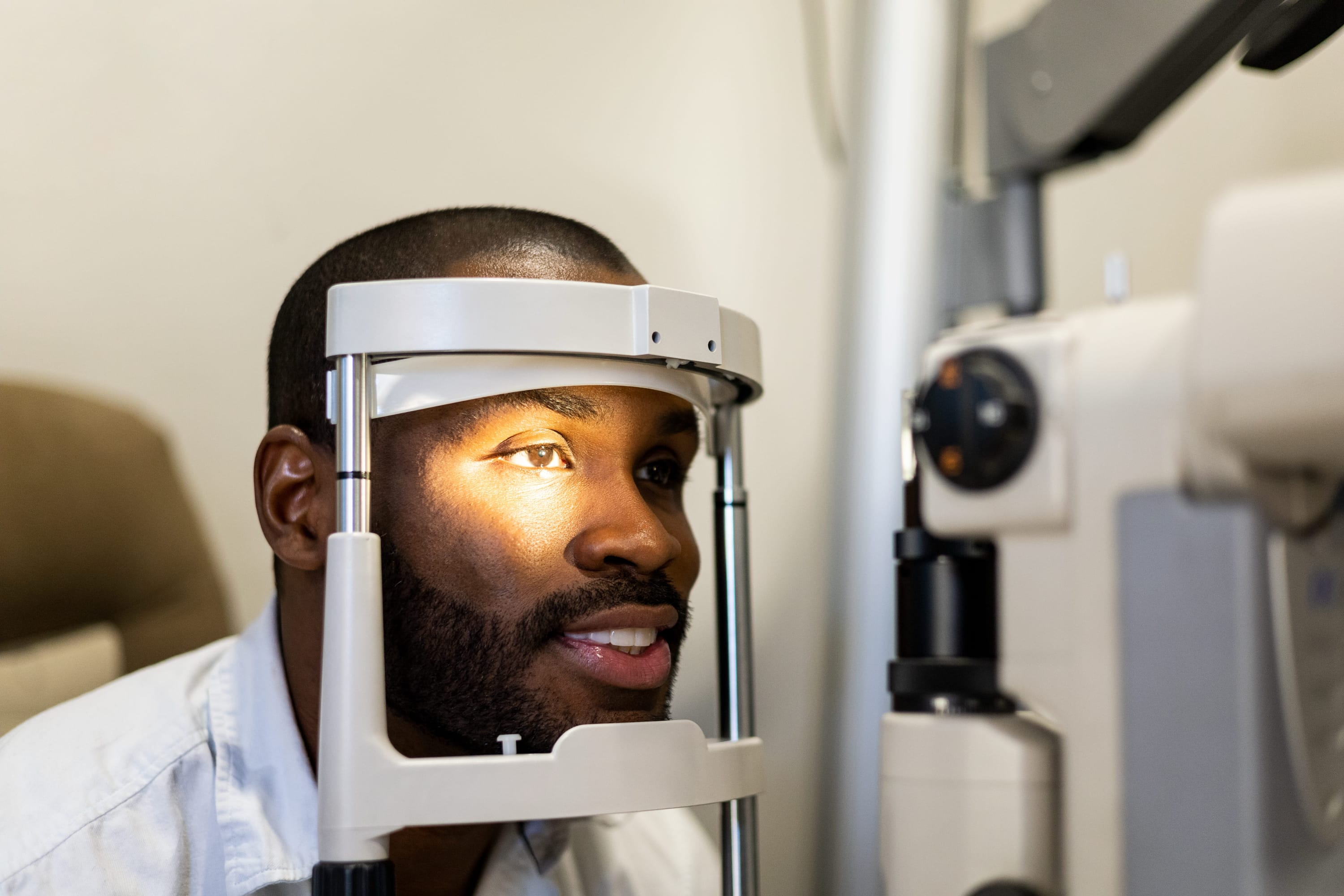Cataracts
What are Cataracts?
Cataracts are a natural part of aging. A cataract is the leading cause of visual loss and occurs when your clear, natural lens within the eye becomes clouded over time. This can occur in one or both eyes and usually happens very slowly and can be hard to notice at first. Objects appear blurry or dull, glare may be more noticeable while driving at night or in bright sun, small print can become difficult to read, and even television can be difficult to see. Sometimes however, cataracts can develop very quickly or at a young age.
When should I have my Cataract removed?
When a cataract becomes visually significant and interferes with your lifestyle it is time to talk to your regular eye doctor about its removal. The level of impairment can vary from patient to patient depending on the type of cataract. Some patients may not be bothered by a dense cataract while others find it difficult to function even with the smallest cataract. When you make the decision to have cataract surgery, there are more options then ever before to help give you more independence and freedom from glasses or contact lenses.
Lens Options
Until recently most patients having cataract surgery received a monofocal or single focus IOL (Intra-ocular lens) to replace their natural lens. Monofocal or Standard IOLs generally provide good distance vision but many patients require glasses to see clearly at both near and intermediate distances. These lenses also do not correct astigmatism and patients who have significant astigmatism will also need to wear corrective lenses after cataract surgery with a standard lens.
Multifocal Lenses
A multifocal lens is a break-through for cataract surgery with a unique design that has helped tens of thousands see near, far, and everything in between without depending on glasses in most situations. Some patients may notice rings around lights at night with multifocal lenses, but most say that the rings are a small price to pay for the visual freedom that they experience with these lenses.
What’s next?
These premium lenses are implanted through a highly refined surgical procedure at either a local hospital or local surgery center. During surgery the aging lens is removed from the eye and replaced with a permanent intraocular lens. New technology and advancements have made this surgery a quick, painless outpatient procedure. Dr. Brown and Dr. Hawkins are known leaders in the field of lens implantation and have already helped thousands of his patients achieve visual freedom. These premium, or lifestyle lenses, require an out-of-pocket expense that insurance does not cover. The surgical counselor will go over the costs in more detail at your Cataract Evaluation.

